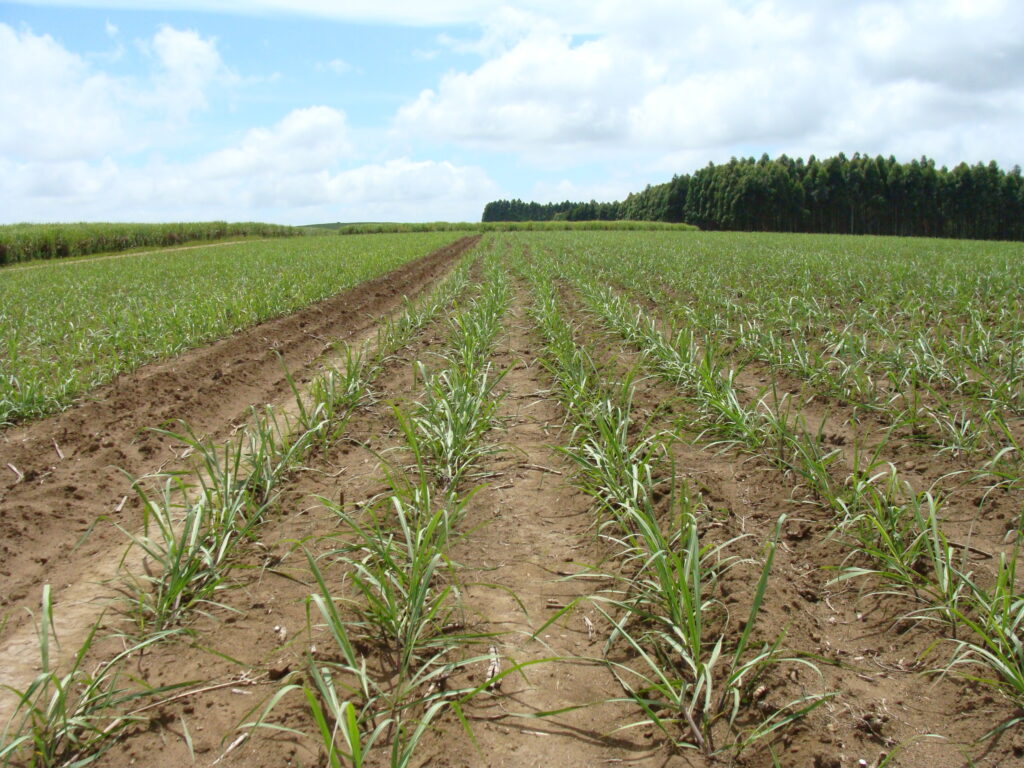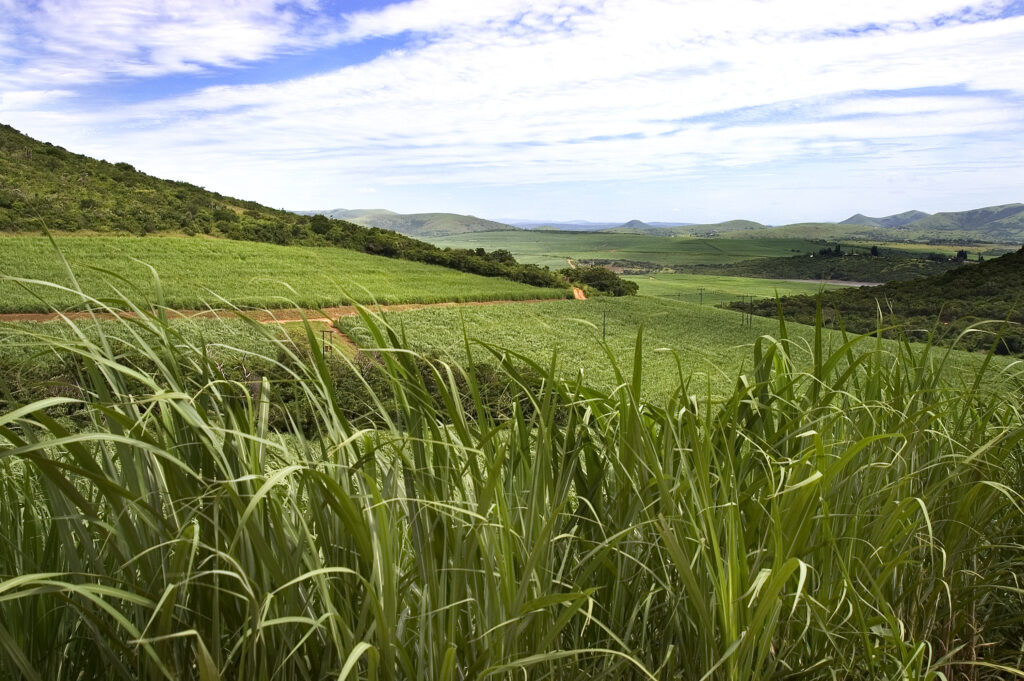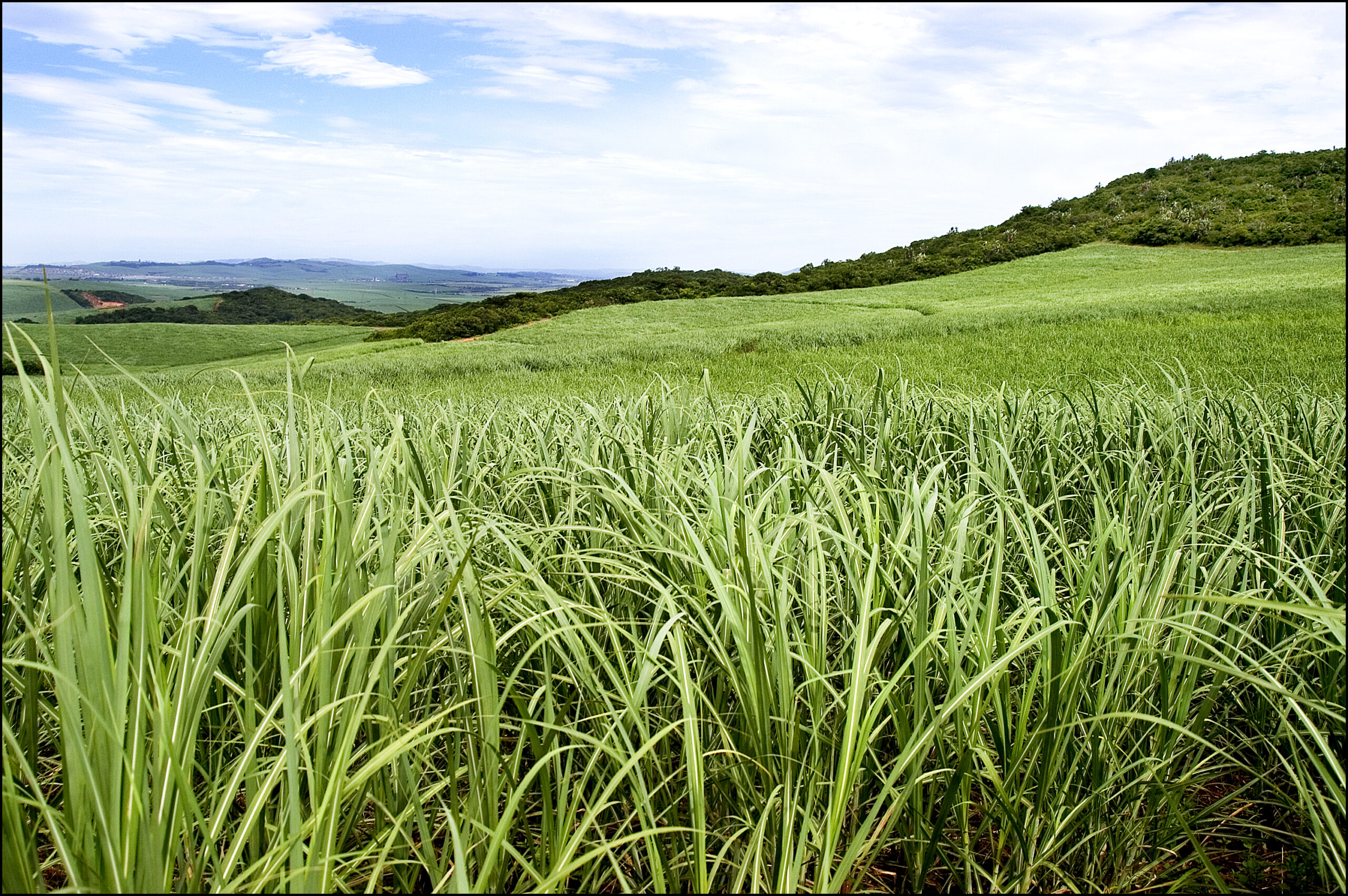Maximise RV yields and cane quality
The golden rules to win under the RV payment system: Deliver cane that is the most MATURE, FRESH and CLEAN. Applying these basic rules will ensure optimum yield and quality. Your CTS report contains a wealth of useful information and can help with troubleshooting in instances of poor or variable quality.
In the Midlands and parts of the coastal belt, there is likely to be some old cane still around. It is highly likely that eldana populations have built up in these fields. Don’t wait for the Pest and Disease teams. Scout and prioritise for harvest any fields with high levels of eldana damage.
Continue scouting for yellow sugarcane aphid (YSA) throughout the coming winter. It is likely that numbers will start to decline as temperatures cool down but keep scouting and be ready to deal with outbreaks should they occur in Spring.
Fields for replanting must be tested for RSD prior to harvest. If a field is found positive, then it must be long fallowed, and all volunteers removed.
Replanting with certified or approved seedcane should only take place after six months has elapsed with the field totally free of regrowth. Some LPD&VCCs have strict rules concerning RSD, so make sure that you are aware of your obligations in the event of a positive RSD field.
 Seedcane and programme planning
Seedcane and programme planning
This is the time when orders for next season’s certified seedcane requirements need to be placed with your local seedcane scheme or co-operator. This simple planning step will ensure that you get the best possible disease-free, true-to-type seedcane of the varieties you want, when you need it.
With the new season already underway, you should now have a comprehensive operations programme for the coming year. Ask your SASRI Extension Specialist for a programme planning sheet to help you. Maintenance of roads and conservation structures is an important but neglected item that should be incorporated in your programme plan. Pay special attention to road drainage which often is the cause of erosion if not effectively managed.
Soil conservation and surface water management
Take soil samples as soon as possible after harvest. With an improved cane price, it is now essential to correct soil health issues such as subsoil acidity and fertilise for optimum yields. In the southern rainfed regions, subsoil acidity is a limiting factor on some soils and this problem can only be confirmed by taking subsoil samples. Speak to your local SASRI Extension Specialist for advice on taking these samples.
In the irrigated regions, recently excessive water in the soil has been an issue, highlighting the need for efficient drainage, a factor which is not often considered.
Speak to your local SASRI Extension Specialist for advice on how to ensure good drainage of your soils
Due to its lack of mobility in the soil, generally the phosphorous requirements for the plant crop and subsequent ratoons should be applied at planting. Take soil samples to ensure you apply the correct amounts of this expensive element.
With winter approaching, check all your firebreaks to ensure that they are adequate and safe. Also take care to abide by the local burning code of practice. Visit our eLibrary for information on all aspects of sugarcane production as well as access to several decision support tools (DSPs) designed to help you farm better and more profitably. Check out the SASRI Variety Guide, which is a new addition to the SASRI website and read the article in this edition on how to use it in your variety choice deliberations.
Identification and management of low yields
Extension is often asked for their opinion where poor yields are obtained. Sometimes the reasons are obvious: too much or too little rainfall, or interrupted irrigation. Perhaps because of this the temptation is often to try to identify a single cause for poor yields. Factors such as nutrition or variety performance are often cited. Experience has shown however that the problem is seldom due to a single cause alone.
Start by looking back over the life of the crop. It is important not only to consider total rainfall but also the distribution thereof, as well as other related climatic factors such as solar radiation, heat units and cloud cover. The SASRI WeatherWeb is an excellent tool to help you to do this. Very often a pattern will emerge. Link this to soil type, bringing in other management factors such as irrigation, variety, nutrition and weed pressure. A bigger picture will emerge, which could provide useful knowledge for future management decisions.
For the same reasons it is also good to look at instances where yields are above average or estimated yields.


